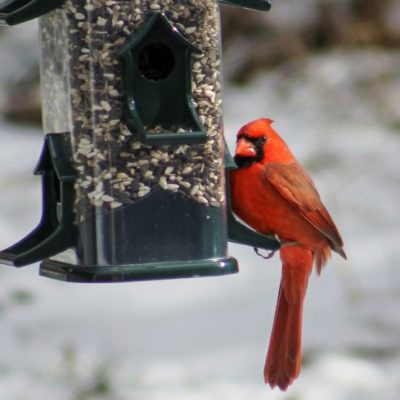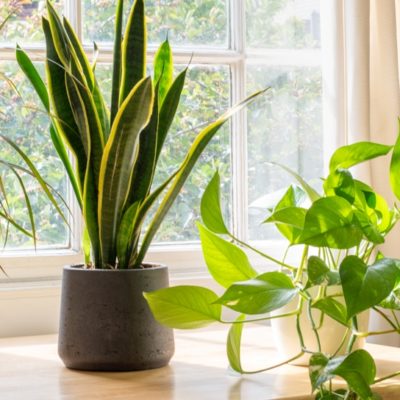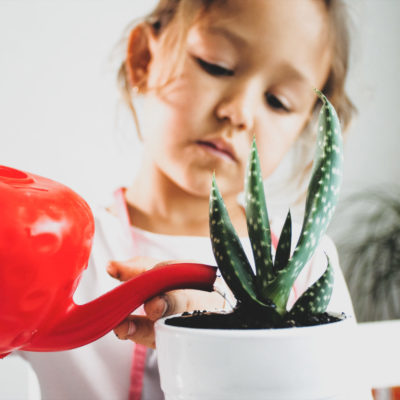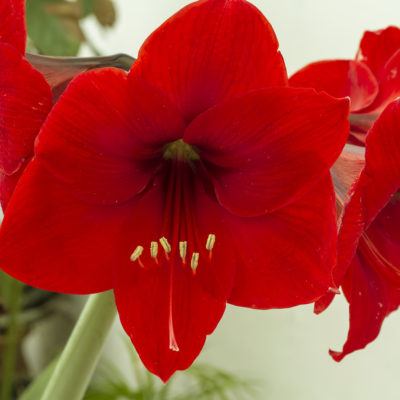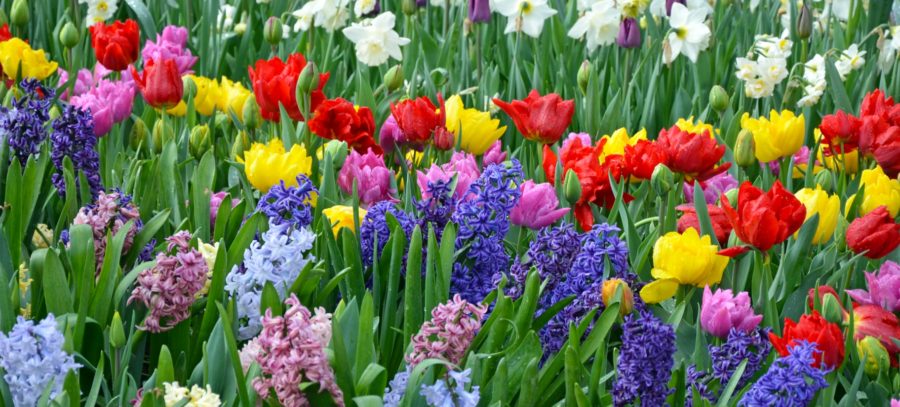
Fall Bulbs: Plant Now for Spring Colour!
Fall is a fantastic time for planting, so take advantage of the cooler temperatures and plan(t) ahead for next spring! Many of your favourite spring bloomers, including Daffodils, Tulips, Crocus, Hyacinths, and Allium, arrive as bulbs in early fall and need to be planted before the deep frosts arrive. Fall bulbs need 12-16 weeks of cold weather before they can flower, and each variety has its own “temperature gauge” that tells them when the soil is warm enough to burst through to the open air.
Fall bulbs come in many varieties, including:
Tulips are available in hundreds of varieties, all featuring their own vibrant colours and textures, so it’s no wonder they’re at the top of most of our Fall Bulb wish lists.
Daffodils will “naturalize” over the years, meaning that their bulbs will multiply to give you even more adorable blooms with every year.
Crocus and Snowdrops may only reach a few inches tall but they’re persistent, poking their little leaves and buds up through the snow.
Hyacinths add sweet fragrance to your gardens, making them a perfect addition to early spring flower arrangements.
Alliums, or Flowering Onions, have tiny, starry blooms that form a distinct sphere, which looks great when in full colour as well as a dried seed head. Check your tags carefully, as some varieties can grow up to 4 feet tall!
New to the Fall Bulb planting party? Check out these tips!
- Read the packet information for each of your bulb varieties, which will tell you their height, ideal light conditions, blooming time (labeled as early, mid, or late season) and any other special instructions.
- Mixing up your blooming times will give you a longer season of spring colour!
- Unless otherwise noted in the packet information, your planting site should be in full to part sun (preferably afternoon sun) with loose, well-drained soil.
- Fall Bulbs can be planted any time in the fall, so long as the ground isn’t frozen.
- Your planting depth and spacing should be 2.5 to 3 times than the diameter of your bulb. For large groupings, save yourself some energy and dig one large hole or trench!
- Mix in bone meal, bulb fertilizer, or handfuls of compost to the bottom of your hole/trench to add nutrients for your bulbs’ winter hibernation.
- Place bulbs in the hole with the root end down (or pointy side up for most bulbs!).
- Gently replace the soil so they stay upright, patting lightly once the hole/trench is filled.
Got squirrels? Scatter hen manure or blood meal on top of your planting site every 2-3 weeks (bonus: they both act as fertilizers!) Plant your bulbs later in the fall to give the critters less time to dig before the ground freezes. Go for Hyacinths, Muscari (Grape Hyacinths), Alliums, Daffodils, and Fritillaria, all of which are less desirable to squirrels and other critters.


